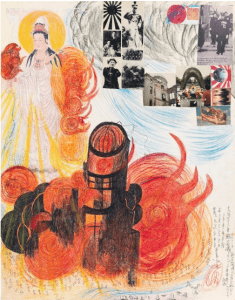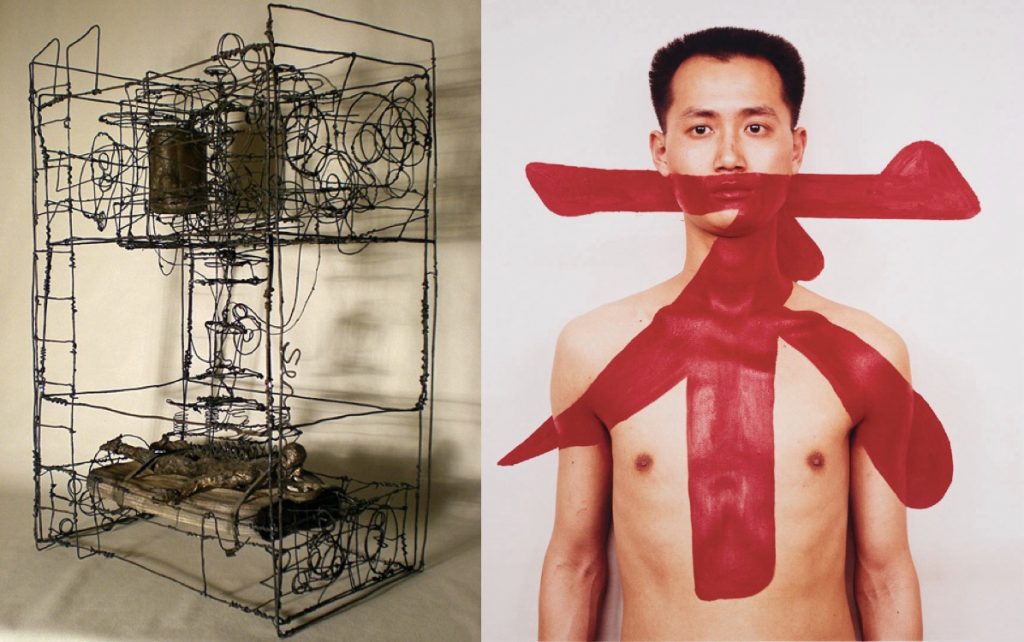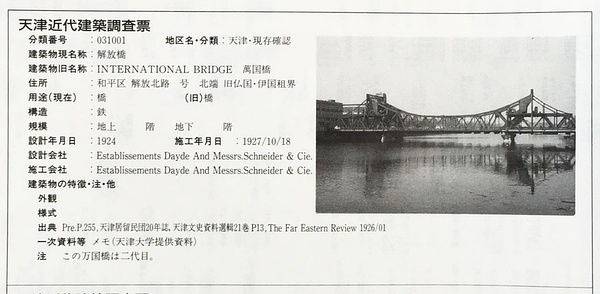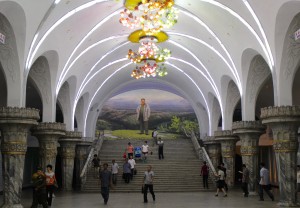Speaker: Dorothy C. Wong (Professor, Mcintire Department of Art, University of Virginia)
“Colossal Buddha Statues in China, Past and Present”
Discussant: Jiayi Zhu (PhD student, EALC, University of Chicago)
Friday, Nov 6, 2020
4:45-6:45 pm, Zoom meeting (please find the registration link below)
Abstract:
Beginning in the northwestern region of India, and spreading through Central Asia and the rest of Asia along the Silk Road, the making of colossal Buddha statues has been a major theme in Buddhist art. The colossal Buddha statues predominantly feature Śākyamuni (the Historical Buddha), Maitreya (the Future Buddha), and Vairocana (the Transcendant Buddha), and they were fashioned out of religious devotion and frequently in conjunction with notions of Buddhist kingship. This paper examines the religious, social and political circumstances under which these colossal statues were made, primarily focusing on examples in China made during the first millennium CE. Beginning in the 1990s, there was a revival of making colossal Buddha statues across China and elsewhere. The second part of the paper attempts to address the contemporary phenomenon in China in relation to issues surrounding cultural heritage, religious and cultural identity, ownership, commodification, pilgrimage, and tourism.

Tzu Shan Monastery, Tai Po District, Hong Kong.
Register in advance for this meeting:
https://uchicago.zoom.us/meeting/register/tJ0rc–ppz0tHNN9O2rKC6BH_FF27A80D9Jj
After registering, you will receive a confirmation email containing information about joining the meeting.
++++++++++++++++++++++++++++
Dorothy Wong is currently Professor of Art and Director of the East Asia Center at the University of Virginia. Specializing in Buddhist art of medieval China, Dorothy Wong’s research addresses topics of art in relation to religion and society, and of the relationship between religious texts/doctrine and visual representations. In addition to many articles, she has published Chinese Steles: Pre-Buddhist and Buddhist Use of a Symbolic Form (2004; Chinese edition 2011), Hōryūji Reconsidered (editor and contributing author, 2008) China and Beyond in the Medieaval Period: Cultural Crossings and Inter-regional Connections (co-editor with Gustav Heldt, and contributing author, 2014), and Buddhist Pilgrim-Monks as Agents of Cultural and Artistic Transmission: The International Buddhist Art Style in East Asia, ca. 645–770 (2018). Her edited volume, Miraculous Images in Asian Traditions, will be published as volume 50 of the journal Ars Orientalis in late November of 2020.
Jiayi Zhu is a PhD student in East Asian Languages and Civilizations. Her research interest is medieval Buddhist art and the cultural exchanges among China, Japan and Korea. Currently she is curious about the medium of stone.








